The concept of rational control in artistic expression remains one of the most compelling paradoxes in creative disciplines. At its core, it represents the tension between spontaneous inspiration and deliberate craftsmanship—a dance between intuition and calculation that has defined masterpieces across centuries. While art is often romanticized as a pure outpouring of emotion, the greatest works frequently reveal an underlying architecture of disciplined thought, where every brushstroke, note, or word serves a calculated purpose.
The Illusion of Effortlessness
Observing a Jackson Pollock drip painting or listening to an improvised jazz solo might suggest unbridled freedom, but closer examination reveals rigorous frameworks. Pollock's chaotic splatters adhered to precise rhythmic patterns, while jazz musicians rely on scales and chord progressions even at their most experimental. This dichotomy highlights how rational control operates not as a constraint, but as an invisible scaffold enabling true creative risk-taking. The audience perceives only the soaring flight, not the meticulous engineering of the wings.
Historical techniques like Renaissance painters' golden ratio compositions or Bach's mathematical counterpoint demonstrate how formal structures paradoxically amplify emotional resonance. Modern neuroscience supports this: controlled repetition and pattern variation trigger deeper limbic system responses than unstructured stimuli. The brain finds profound satisfaction in recognizing hidden order beneath apparent chaos—a principle leveraged by everyone from Shakespeare to Steve Reich.
Contemporary Digital Frontiers
Today's digital artists face amplified versions of this balancing act. Generative AI tools require artists to establish complex parameter sets—essentially creating the rules that will then create the artwork. The most compelling algorithmic art emerges when creators impose strict logical boundaries while allowing serendipitous emergence within those confines. This mirrors traditional artistic processes: limiting palette choices focuses painting; restricting poetic forms intensifies linguistic invention.
Interactive installations exemplify rational control's evolution. Artists like teamLab design ecosystems where visitor movements trigger digital responses—a system requiring exhaustive behavioral modeling and programming, all to produce experiences that feel magically responsive. The technology disappears behind the wonder, much as brushwork vanishes into a Vermeer's luminous realism.
The Performer's Paradox
Performance arts manifest this tension most visibly. Dancers spend years perfecting techniques they'll later make invisible, internalizing control until it becomes second nature. A prima ballerina's thirty-two fouettés demand physics-defying precision, yet must appear as effortless as leaves spinning in wind. Similarly, method actors employ intense psychological preparation to achieve performances that seem completely unrehearsed.
Musicians face perhaps the ultimate test of this duality. Memorizing thousands of notes only to reinterpret them freshly each performance requires extraordinary cognitive balancing. Conductors like Leonard Bernstein demonstrated how score analysis could fuel, rather than inhibit, passionate interpretation. The sheet music becomes not a cage, but a springboard.
Creative Constraints as Liberation
Psychologists studying flow states identify this sweet spot where challenge meets skill—when the artist's technical mastery allows complete absorption in the creative moment. Rational control paradoxically enables surrender to the process. Composer John Cage's chance operations weren't abandonment of control, but its redistribution; by carefully designing systems of randomness, he achieved outcomes beyond conscious invention.
This principle extends to all media. Haiku's seventeen syllables force linguistic distillation. Film editing follows exacting rhythmic principles to manipulate time perception. Even graffiti writers develop signature styles through repetitive muscle memory. In each case, the artist's early struggle with form eventually yields what appears as instinctive expression.
The Dangers of Overcontrol
Yet history warns against excessive rationalization. The sterile perfection of neoclassical painting after David led to the rebellious energy of Delacroix. Over-polished pop music often lacks the visceral impact of raw demos. Some quantum of unpredictability remains essential—the happy accident in watercolor, the vocal crack that reveals authenticity, the ceramic glaze firing unpredictably.
Contemporary culture's metrics obsession threatens this balance. When streaming algorithms reward formulaic structures, or social media engagement dictates creative choices, rational control mutates from artistic tool to commercial straightjacket. The challenge becomes maintaining intentionality without sacrificing spontaneity's vital spark.
Toward Integrated Practice
Mature artists often describe reaching a stage where technique and inspiration fuse. Cellist Pablo Casals practiced scales daily into his nineties, not to constrain his playing but to ensure total freedom within his instrument's possibilities. Similarly, poets internalize meter until they can bend it consciously rather than being bound by it.
This integration may represent artistic expression's highest form—when an artist's accumulated knowledge becomes so thoroughly metabolized that it functions as a kind of second nature. The centuries-old debate between classicism and romanticism resolves in these moments: structure and emotion not as opposing forces, but as interdependent elements of profound communication.
Ultimately, rational control in art serves not to limit, but to focus creative energy—like a lens concentrating sunlight into fire. From prehistoric cave painters planning pigment compositions to contemporary filmmakers storyboarding virtual reality sequences, the most transcendent artistic moments emerge from this marriage of calculation and revelation. The artwork breathes because its bones are strong.

By /Jul 25, 2025

By /Jul 25, 2025
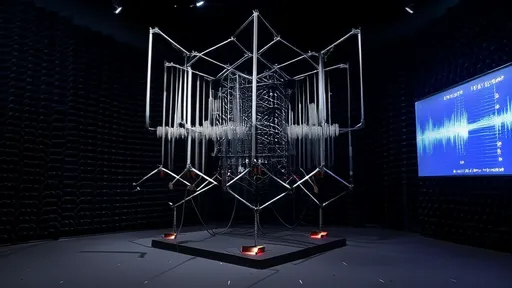
By /Jul 25, 2025
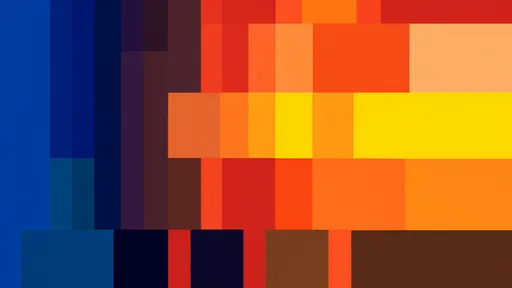
By /Jul 25, 2025
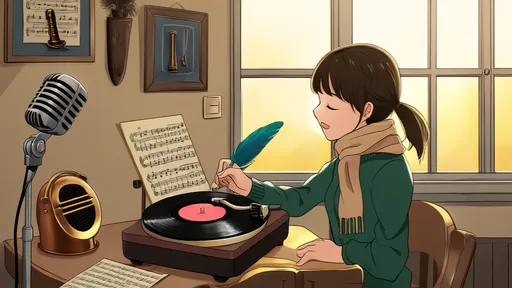
By /Jul 25, 2025
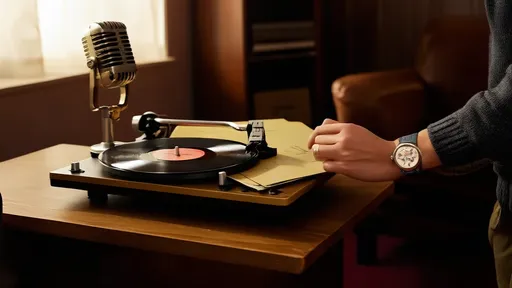
By /Jul 25, 2025
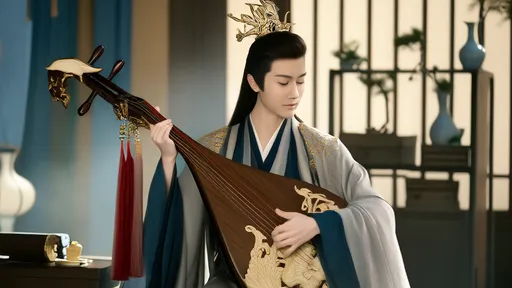
By /Jul 25, 2025

By /Jul 25, 2025
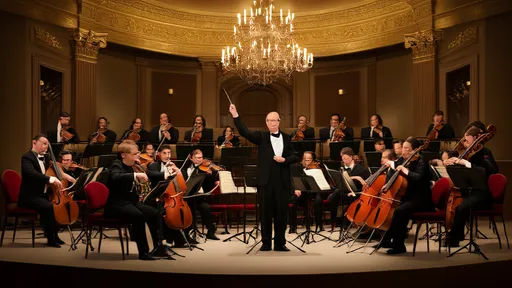
By /Jul 25, 2025
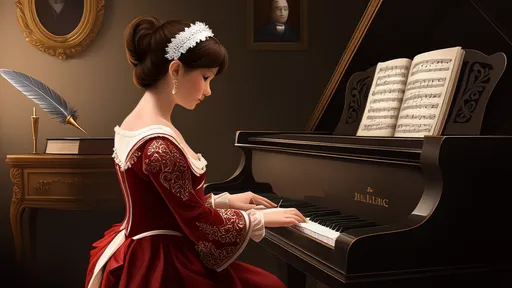
By /Jul 25, 2025

By /Jul 25, 2025
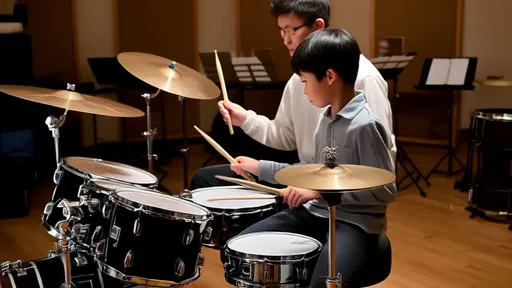
By /Jul 25, 2025
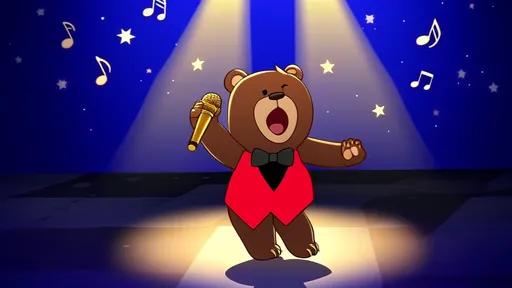
By /Jul 25, 2025

By /Jul 25, 2025
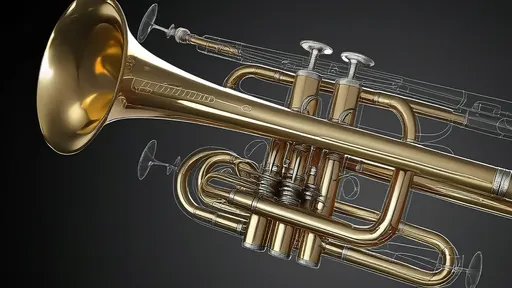
By /Jul 25, 2025
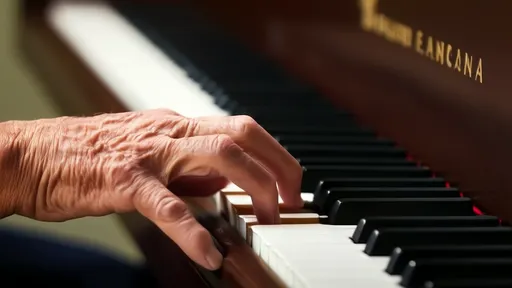
By /Jul 25, 2025

By /Jul 25, 2025

By /Jul 25, 2025